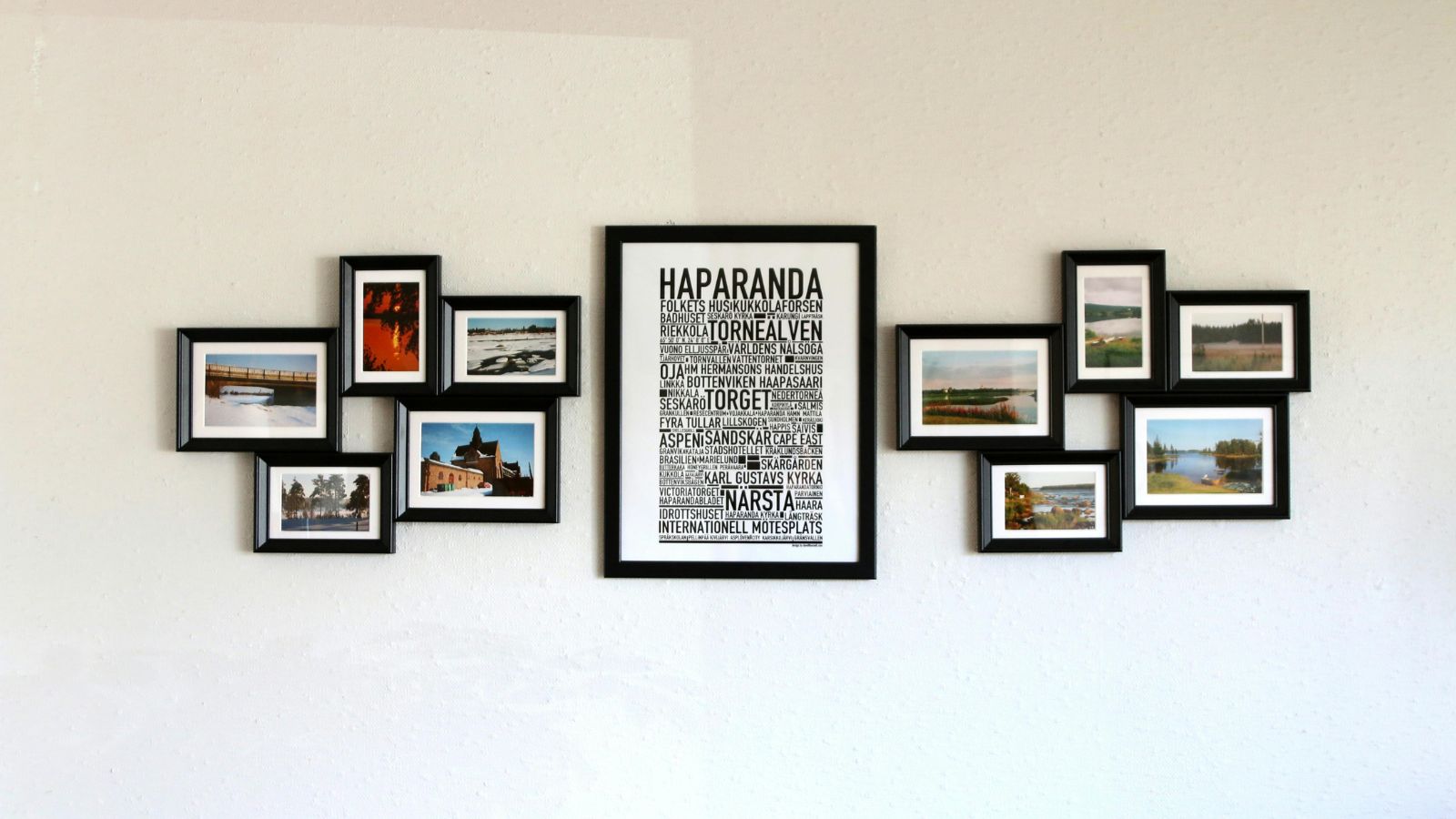Last Updated on August 28, 2025 by Nala Thorpe
Moving brings mixed emotions because it feels exciting but also overwhelming. Creating small routines right away helps the 30 days after moving feel calm and structured. This makes moving into a new place easier for you. You’ll adapt quickly and enjoy the new environment more if you introduce simple routines to feel settled in a new home into your daily life.
Week 1: Settle the Essentials
First, unpack your core items such as bedding, toiletries, and basic kitchen tools. These familiar objects make everyday activities easier and reduce stress. Also, place them in the same type of position they were in at your old home, so the layout feels consistent.
Set up a comfortable place to relax, even if it is just one corner. Any cozy space creates a sense of security and makes the change feel less intense. Also, try to eat your meals at regular hours to build a light structure from day one.
Focus on small habits like making your bed each morning and cleaning dishes before going to bed. These basic routines feel manageable and maintain a sense of normal life. Also, try to unpack for short periods instead of long hours to stay motivated.
Week 2: Add Comfort and Connection
Start bringing out comfort items like candles, pillows, blankets, or framed pictures. These little details fill the new space with familiarity and warmth. Then, practice one enjoyable ritual, such as reading with soft music or having afternoon tea.
Spend time exploring the immediate neighborhood. Visit a nearby grocery store or take a short walk to a park. Also, try asking a neighbor for a simple recommendation because short conversations help you feel more at ease.
Then, make a brief checklist of three to five small tasks like “organize kitchen cabinet” or “hang entryway mirror.” You’ll find that having a list always helps. Also, check off each task when completed because this creates a small sense of achievement.
Week 3: Personalize Your Space
Add personal family touches by placing favorite photos, books, or souvenirs on a shelf. These familiar pieces of your past life bring a strong emotional connection to the new place. Then, try to place them in frequently used areas like the living room or bedroom.
Next, choose one small room and improve it. Move furniture, set up a side table, or add a plant to make the area feel complete. Also, celebrate the change by taking a moment to sit in the space and enjoy it.
Create a very simple daily habit to reinforce a routine like writing three lines in a journal or stretching for five minutes. These actions provide mental structure during the 30 days after moving and make the adjustment smoother. Also, repeat that action around the same time each day.
Week 4: Build Routine and Community
Invite a friend for coffee or introduce yourself to a neighbor. These friendly moments help you build a connection to the new place and feel less isolated. Then, keep the interaction short and relaxed so it doesn’t feel stressful.
Next, pay attention to the routines that have naturally formed for a smooth move. Notice if you always sit in the same chair during dinner or take a walk at a certain time. Also, continue these habits because routine improves stability.
Set one small goal for the next month, such as planning a home-cooked dinner or finishing a storage project. Looking forward to something helps create momentum. Keep that goal realistic so it feels achievable, and stick to simple routines to feel settled in a new home and achieve the goal with ease.
Practical Stress Relief Tips
Practice light breathing exercises in the morning or before bed. Slow breaths help lower stress and make daily challenges easier to handle. Make sure to stay hydrated because dehydration often increases fatigue and mood swings.
Keep a notebook in the kitchen or hallway and write down simple thoughts or reminders throughout the day. Writing things down prevents mental clutter and helps you stay focused. Also, look at the notes each evening to review what was done and what still needs attention.
Remember to take quick breaks between unpacking sessions. These small pauses stop you from feeling overwhelmed. Also, stretch or step outside for a few minutes to stay energized.
How to Maintain Long-Term Comfort
Create small visual zones in your home by grouping items with similar use together. For example, put all reading materials in one corner and all cooking items in one cabinet. This makes your daily routine more efficient and helps you feel more productive in the 30 days after moving.
Schedule regular cleaning sessions to maintain the order you created. Identifying a specific day for small tasks keeps everything under control. Tackle one area at a time so the process stays manageable.
Keep looking for opportunities to add personal touches. Hang a new photo, set out seasonal decorations, or add a new kitchen item that you enjoy using. Also, try to make one improvement every week so your space feels more complete.
Budget-Friendly Ways to Improve the Space
Look for low-cost ways to refresh your rooms, such as rearranging furniture or swapping decorative items from one room to another. Moving items around creates a new visual layout without spending any money and helps spark renewed energy in the space. Then, add small, inexpensive details like fresh flowers, thrifted picture frames, or second-hand lamps to bring warmth and personality without straining your budget.
Use removable wall hooks and temporary shelving to create storage or hang lightweight décor items. These options cost very little and let you customize the space without committing to permanent changes. Also, try repurposing old containers or boxes as practical storage solutions in closets, pantries, or bathrooms.
Then, check local community exchange groups for free or low-cost items like plants, mirrors, and rugs. Many people offer gently used items when decluttering, and these additions can make your new home feel more comfortable and complete. Also, rotate items every few weeks to keep the environment fresh and interesting.
Getting Settled In
Settling into a new home does not require a major effort or complicated planning. Consistent and simple routines to feel settled in a new home can turn an unfamiliar space into a welcoming environment. In the end, the 30 days after moving will help you build a comfortable and confident start in your new home.
Main kw: simple routines to feel settled in a new home
Meta description: Build simple routines to feel settled in a new home and feel relaxed and connected to your new surroundings using practical steps.




